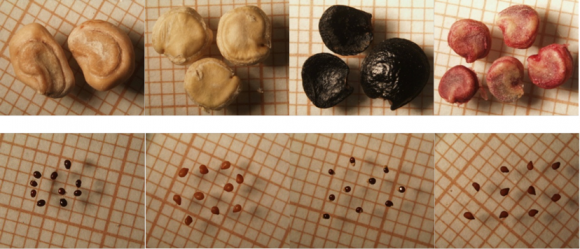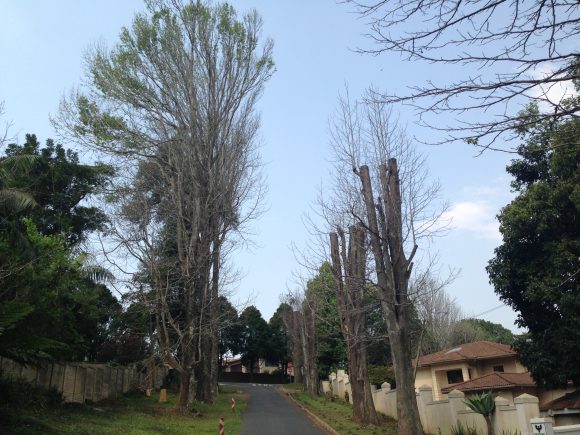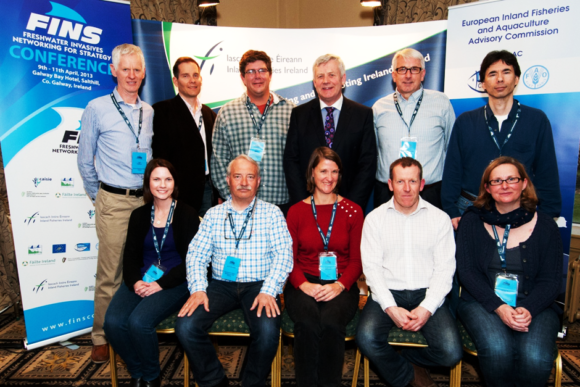9 April 2021 | By Davina Saccaggi
Global agricultural trade is the single biggest pathway of introduction of alien invertebrates and microorganisms. Each imported grain, fruit, vegetable, plant or flower may be carrying a host of unseen and unwanted passengers – including insects, mites, fungi or viruses.
In a recent study, published in Scientific Data, former C∙I∙B student Dr Davina Saccaggi (also affiliated to the Department of Agriculture, Land Reform and Rural Development, DALRRD), C∙I∙B Researchers Prof John Terblanche and Prof John Wilson, and DALRRD colleague Ms Melanie Arendse set about investigating the organisms found on South Africa’s agricultural imports.
Finding and stopping these pests from entering South Africa is the job of the National Plant Protection Organisation within DALRRD. Here a team of inspectors and scientists are tasked with inspecting produce, detecting and identifying any contaminant organisms, determining risk factors and implementing mitigation procedures.
But there is a major stumbling block: there is no long-term record-keeping system, so we don’t know what to expect. Each inspection is a matter of personal knowledge and experience particular to that crop, commodity or entry point. Without generalised knowledge and long-term records, there is no way to analyse historical trends or predict future patterns. However, tucked away in files, stored on stiffy disks or on CDs, this information has been recorded. The authors set about collating, editing, and summarising data spanning 26 years (1994-2019).
The final published dataset consists of 25,279 sample records and 13,731 recorded organisms and is the most comprehensive of its kind in the world. Two aspects of this dataset make it unique: firstly, any organism recorded was published, including those not identified to species level or those which are not pests or quarantine organisms; secondly, the most commonly found organisms were fungi (41%), followed by mites (37%) and insects (19%). Other datasets of this kind usually only report quarantine organisms (and thus largely only species-level identifications) and are dominated by insects.
“These South African data are one-of-a-kind,” says Davina Saccaggi. “The fact that we have recorded so many fungi and mite detections speak to how meticulous our system is, as these organisms are very small and difficult to find. Knowing what has been found in the past allows us to predict what we may find in the future, so we can focus our inspection efforts on the organisms which are most likely to be there.”
The research team is now in the process of modelling these data to find consistent predictors of patterns which can be used to adjust sampling and inspection protocols. These will improve South Africa’s ability to find and stop any pests on imported goods.
Read the paper in Scientific Data
Saccaggi DL, Arendse M, Wilson JRU, Terblanche JS. 2021. Contaminant organisms recorded on plant product imports to South Africa 1994-2019. Scientific Data. https://doi.org/10.1038/s41597-021-00869-z
For more information, contact Davina Saccaggi at davinas@dalrrd.gov.za

Figure reproduced from Davina Saccaggi’s PhD dissertation at Stellenbosch University. Photos by DALRRD.



